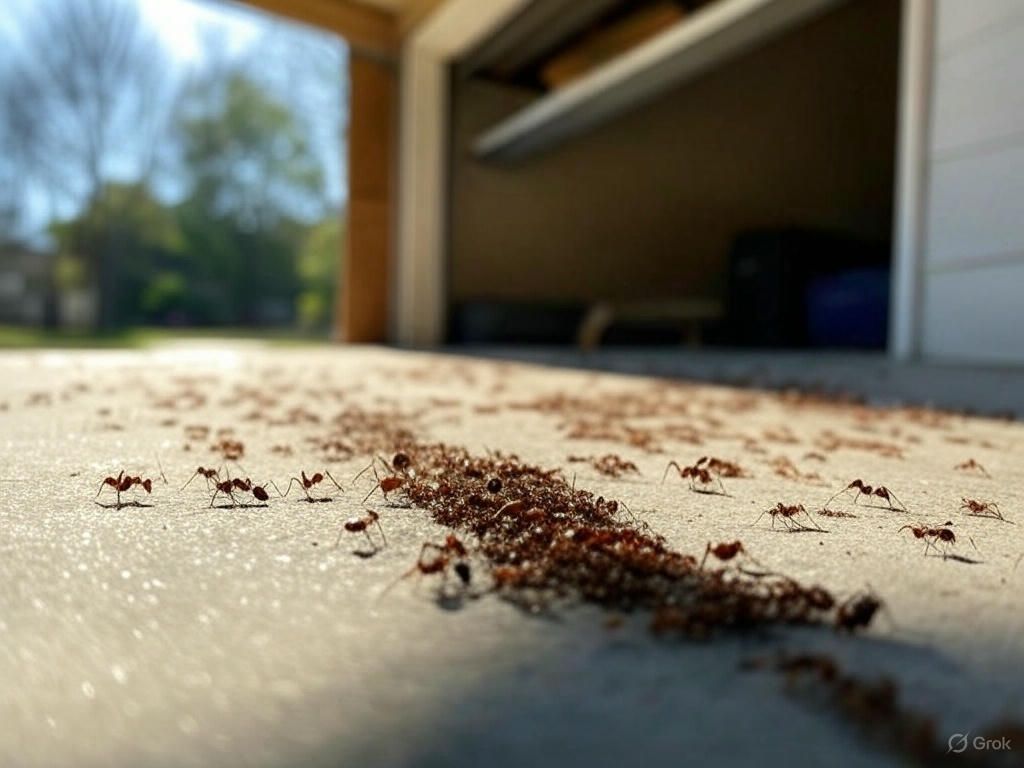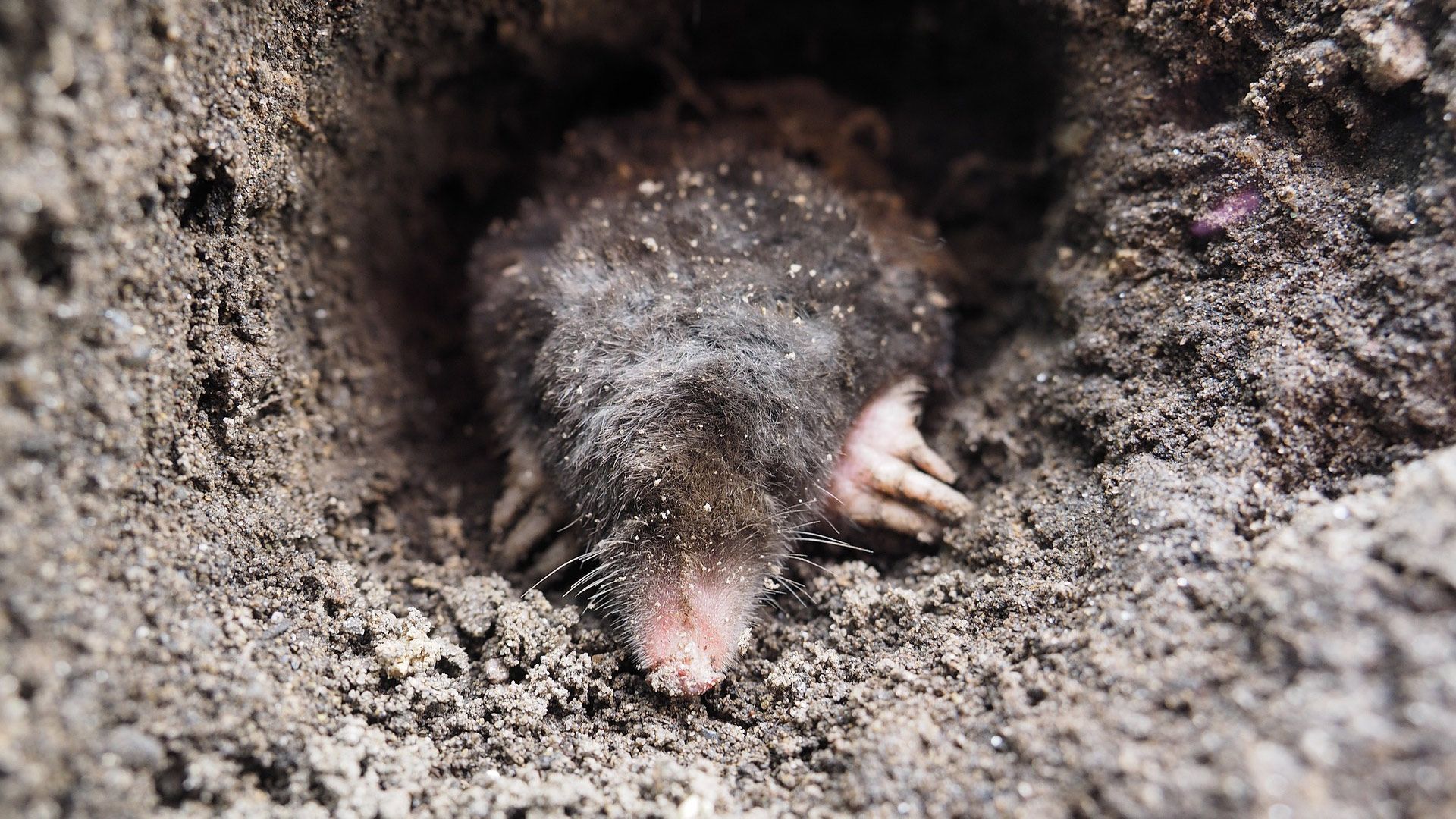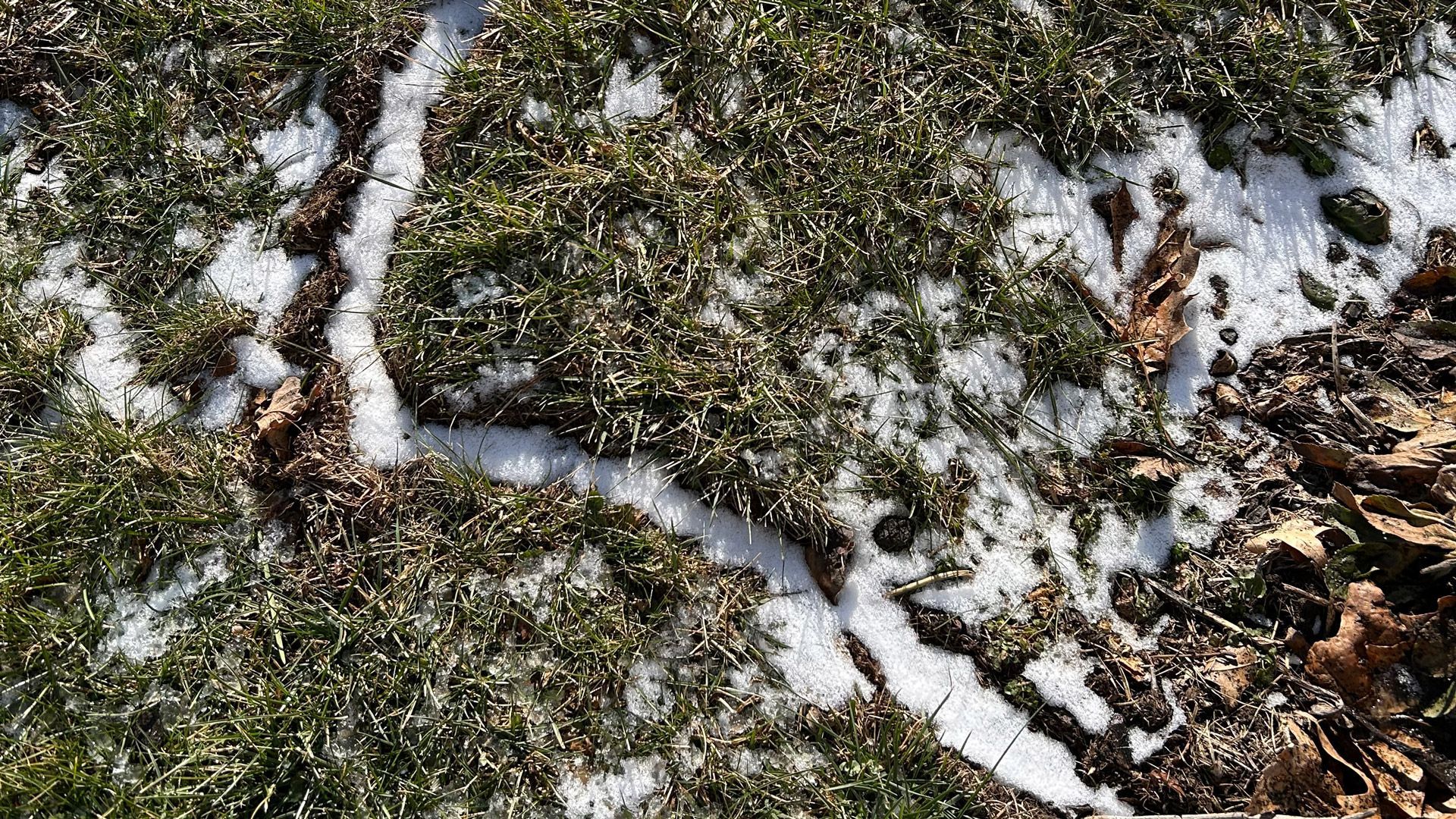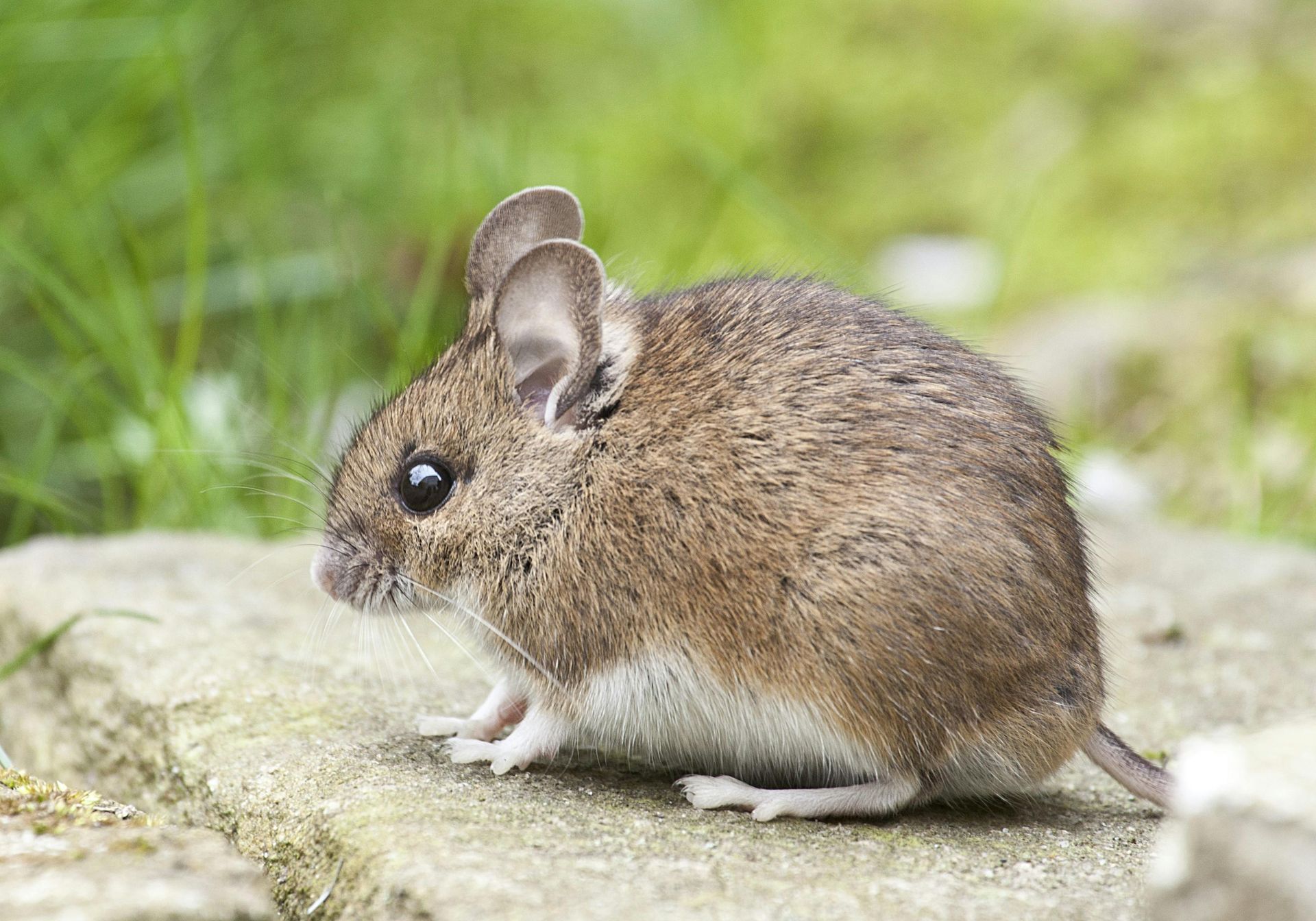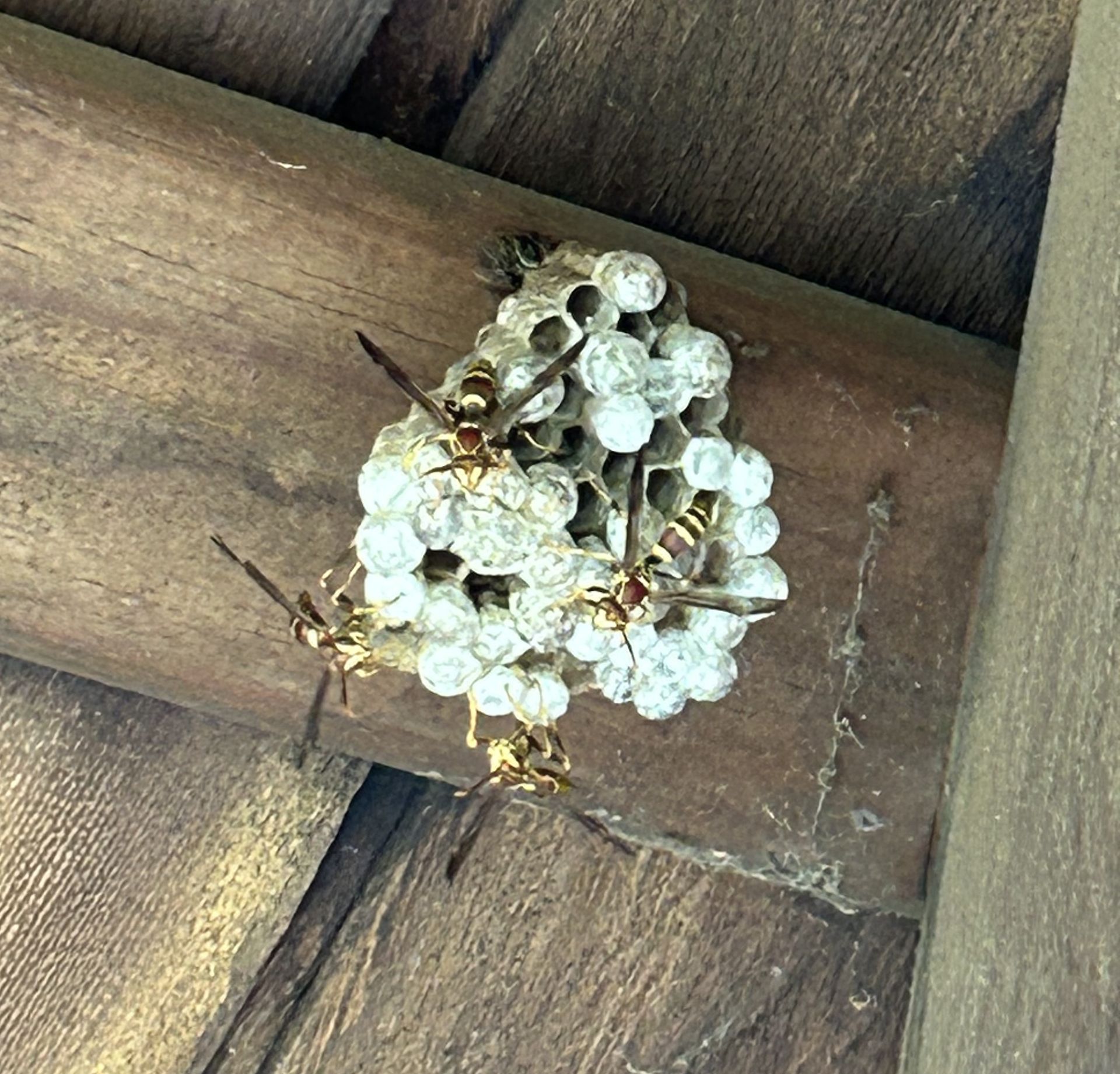Serving Lancaster County PA and the Surrounding Area
Spiders You'll Find In and Around Lancaster Pennsylvania
As fall approaches in the Lancaster area, spider populations are peaking. Many spiders begin migrating indoors to escape the cooler temperatures. While most spiders are harmless, their presence can be unsettling, and some species can even pose health risks. In this post, we'll explore the common spiders found in Lancaster County and how to manage them effectively.
Why Do Spiders Enter Homes in the Fall?
As temperatures drop, spiders seek warmth and shelter inside homes and businesses. Although most spiders are venomous to some degree, very few pose any real threat to humans. Many people have an instinctual aversion to spiders, which could stem from evolutionary survival traits, like a fear of snakes. While the majority of spiders are harmless, understanding which species you're dealing with can help you determine the best way to manage them.
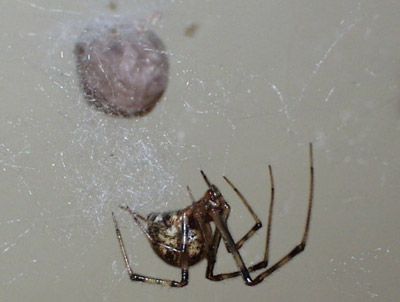
Common Spiders Found in Lancaster, PA
Here’s a look at some of the most frequently encountered spiders in the Lancaster area:
1. American House Spider
The American house spider is one of the most common spiders found in homes throughout Lancaster. These spiders typically build their random, tangled webs around eaves, windows, and other areas that attract flying insects. Female house spiders can live for over a year, producing up to 17 egg sacs in their lifetime, each containing as many as 400 eggs. While their venom is a neurotoxin similar to that of the black widow, it is much less potent and generally only causes mild irritation in humans.
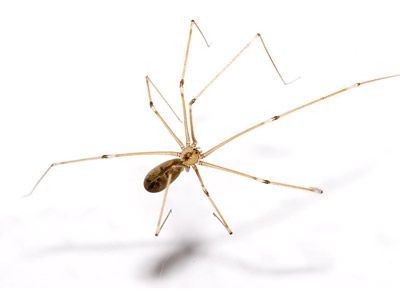
2. Cellar Spider (Daddy Long Legs)
Often referred to as “daddy long legs,” cellar spiders are common in Lancaster County. These spiders build tangled webs in cool, damp areas like basements, caves, garages, and attics. When threatened, cellar spiders vibrate their bodies to create a gyrating motion, making it hard for predators to focus on them. Despite their appearance, cellar spiders are fragile and pose no real risk to humans.

3. Yellow Sac Spider
The yellow sac spider is another frequent visitor in homes, often seen where walls meet the ceiling. These spiders build small, cocoon-like webs to protect themselves. While yellow sac spiders may bite when threatened, their venom usually only causes a mild lesion. Interestingly, some species of yellow sac spiders are attracted to gasoline, which once led to a recall of 65,000 Mazda vehicles when the spiders were found building nests in fuel systems.
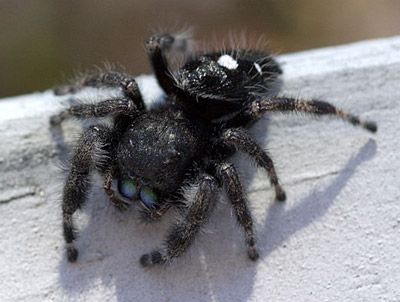
4. Jumping Spider
Jumping spiders are easily recognizable by their compact size and active movements. These spiders don’t rely on webs to catch prey, instead pouncing on insects with surprising agility. Jumping spiders have excellent vision and can leap several times their body length to hunt or evade threats. While they can be startling due to their quick movements, jumping spiders are harmless to humans.
5. Domestic House Spider (Funnel Weaver)
The domestic house spider, also known as the funnel weaver, is commonly found both indoors and outdoors in Lancaster County. These spiders build funnel-shaped webs, often in corners or windows, waiting for prey to become trapped. When prey enters their web, these spiders move with impressive speed to capture it. While their bites are rare and usually dry (without venom), they can occasionally cause a mild lesion similar to a burn.
Are Spiders Dangerous?
It’s important to remember that no spider will bite a human without provocation. Most spiders will try to flee or hide when threatened. Only in extreme situations, such as when trapped or grabbed, will they bite defensively. The vast majority of spiders you encounter in and around Lancaster homes are harmless and play a role in controlling insect populations.
When to Call a Professional for Spider Control
If you would rather not deal with spiders in your home or business, Keystone Pest Solutions is here to help. We specialize in spider extermination and prevention, providing you with peace of mind by eliminating spiders from your surroundings. Our professional treatments target common hiding spots and help prevent future infestations. Call today or book an appointment online!




Scan Our QR Code To Easily Leave Us a Google Review. Thank You For Your Support!
All Rights Reserved | Keystone Pest Solutions LLC
Website & Hosting by SovoWeb a division of RedXWebDesign

